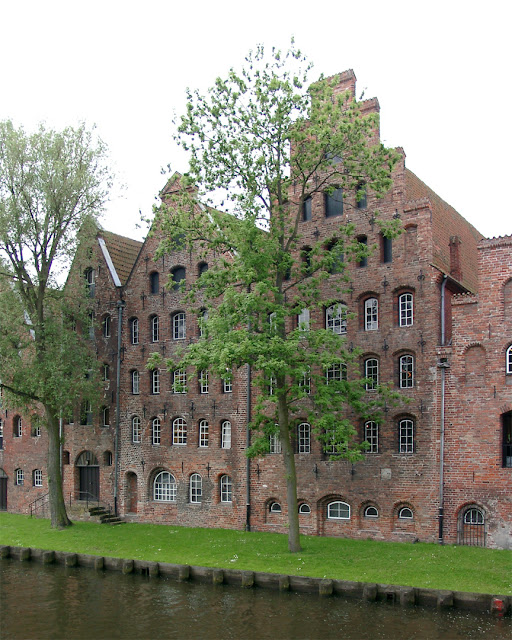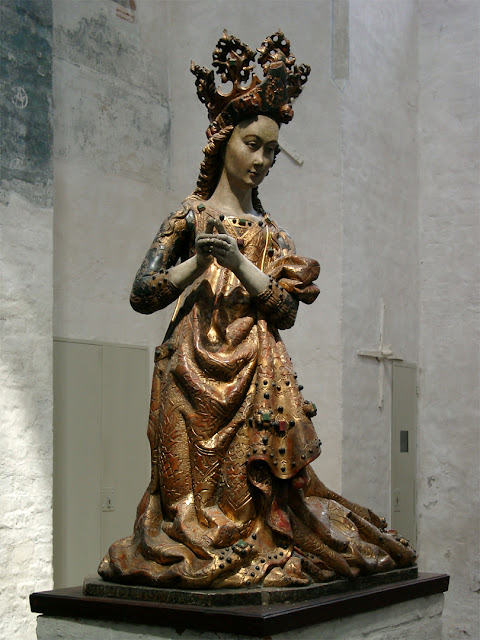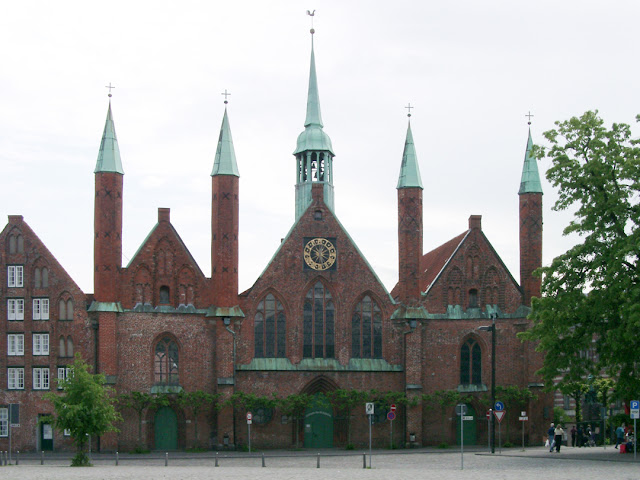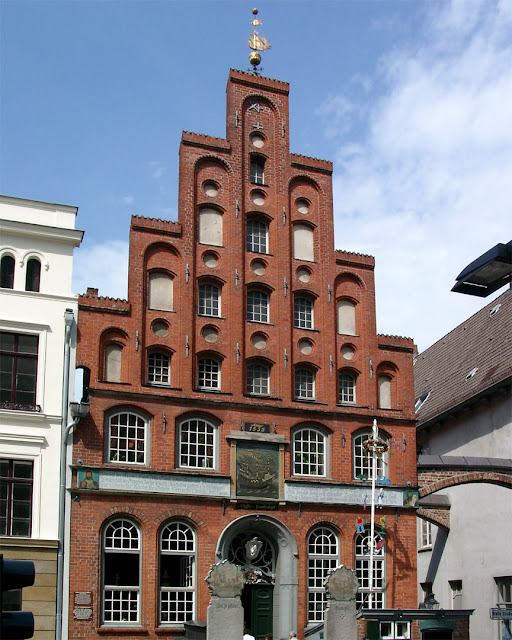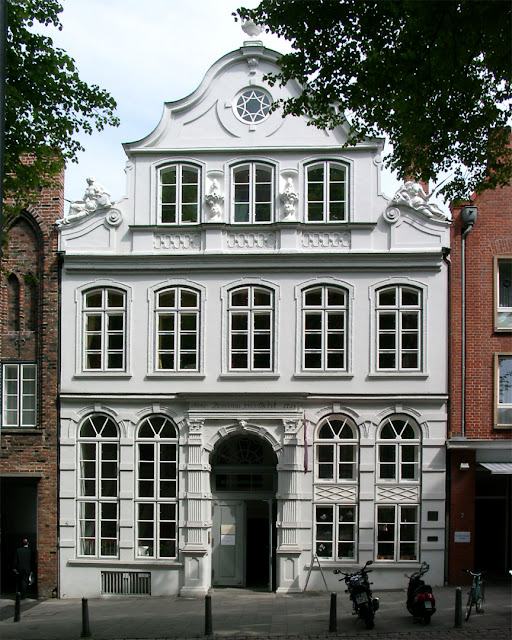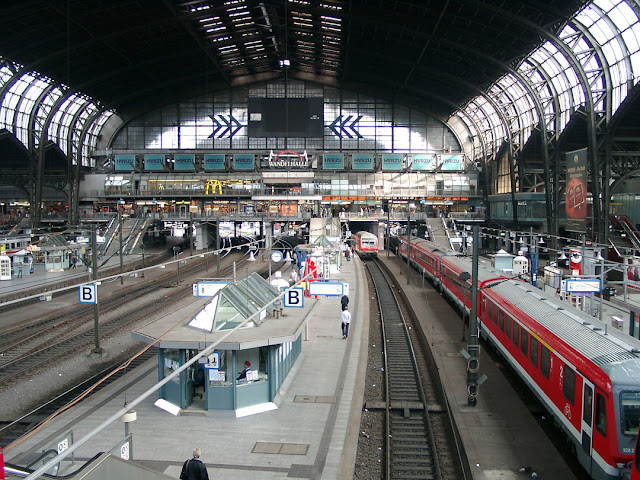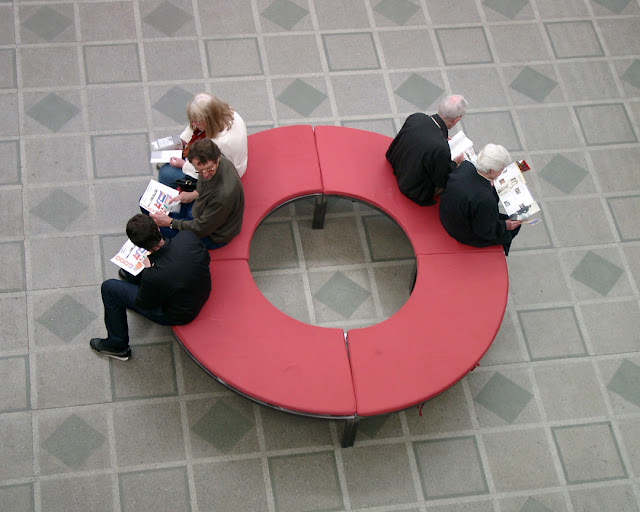Tuesday, August 31, 2004
Monday, August 30, 2004
Memorial to Sir Follett Holt
“The Sea” by Cecil Thomas
Memorial to Sir Follett Holt
All Hallows-by-the-Tower
Tower Hill Terrace, City of London
London, September 2003
“Sir Follett died in 1944 but the memorial was not erected until 1965 at the end of the restoration of All Hallows after its almost total destruction in the blitz. The figures, called 'The Sea' were designed by Cecil Thomas, another great friend of Tubby Clayton. He also created many works in the church, including Clayton's own memorial, a full-length recumbent figure like a medieval bishop. Thomas was one of the ‘soldier sculptors’ who served in the First World War - others include Jagger, Dick and Roslyn.” (Tower Hill Terrace, Ornamental Passions)
Sunday, August 29, 2004
Saturday, August 28, 2004
Friday, August 27, 2004
Above the Below
David Blaine's “Above the Below”
Potters Fields Park
Southwark
London, September 2003
“On September 5, 2003, Blaine began an endurance stunt in which he was sealed inside a transparent Plexiglas case. The case was suspended 30 feet (9.1 metres) in the air next to Potters Fields Park on the south bank of the River Thames in London, and measured 3 feet (0.9 metres) by 7 feet (2.1 metres) by 7 feet (2.1 metres). A webcam was installed inside the case so that viewers could observe his progress. The stunt lasted 44 days, during which Blaine drank 1.2 US gallons (4.5 litres) of water per day and did not eat. The stunt was the subject of public interest and media attention, The Times reported that ‘1,614 articles in the British press have made reference to the exploit.’ Then-US president George W. Bush referred to Blaine's stunt in a speech at the Whitehall Palace in London, saying, ‘The last noted American to visit London stayed in a glass box dangling over the Thames. A few might have been happy to provide similar arrangements for me.’ A number of spectators threw food and other items towards the box, including eggs, paint-filled balloons and golf balls, according to The Times. A hamburger was flown up to the box by a remote-controlled helicopter as a taunt. The Evening Standard reported that one man was arrested for attempting to cut the cable supplying water to Blaine's box.” (David Blaine, Wikipedia)
Thursday, August 26, 2004
Wednesday, August 25, 2004
More London Riverside
2 More London Riverside, 1 More London Place by Foster and Partners
The Queen's Walk
South Bank, Southwark
London, September 2003
“More London is 13 acres (53,000 m2) in size and has planning consent for 3,000,000 square feet (280,000 m2) of mixed use space, of which up to two million square feet will be offices, accommodating up to 20,000 people. The buildings were designed by Foster and Partners architects. The buildings are known as 1 & 6 More London Place, and 2, 3, 4 and 7 More London Riverside. The public area, which includes The Scoop, a fountain and planting areas, was designed by Townshend Landscape Architects. There are frequently outdoor exhibitions and cultural events in More London. For most of 2005 there was a popular open-air exhibition of large environmental photographs called Earth from the Air. In 2007, the development was shortlisted for the Carbuncle Cup architecture prize, an annual competition by Building Design for ‘the ugliest building in the United Kingdom completed in the last 12 months’.” (More London, Wikipedia)
Tuesday, August 24, 2004
Tower of London
Tower of London
St Katharine's & Wapping
London, January 2003
“The Tower of London, officially Her Majesty's Royal Palace and Fortress of the Tower of London, is a historic castle on the north bank of the River Thames in central London. It lies within the London Borough of Tower Hamlets, which is separated from the eastern edge of the square mile of the City of London by the open space known as Tower Hill. It was founded towards the end of 1066 as part of the Norman Conquest. The White Tower, which gives the entire castle its name, was built by William the Conqueror in 1078 and was a resented symbol of oppression, inflicted upon London by the new ruling elite. The castle was also used as a prison from 1100 (Ranulf Flambard) until 1952 (Kray twins),[3] although that was not its primary purpose. A grand palace early in its history, it served as a royal residence. As a whole, the Tower is a complex of several buildings set within two concentric rings of defensive walls and a moat. There were several phases of expansion, mainly under kings Richard I, Henry III, and Edward I in the 12th and 13th centuries. The general layout established by the late 13th century remains despite later activity on the site.” (Tower of London, Wikipedia)
Monday, August 23, 2004
Domine dirige nos
“Domine dirige nos” (Lord, direct us)
Coat of arms of the City of London
Tower Bridge
London, September 2003
Sunday, August 22, 2004
Saturday, August 21, 2004
Friday, August 20, 2004
Salzspeicher
Salzspeicher (Salt storehouses)
Upper Trave River
Lübeck, May 2003
“The Salzspeicher (salt storehouses), of Lübeck, Germany, are six historic brick buildings on the Upper Trave River next to the Holstentor (the western city gate). Built in the 16th–18th centuries, the houses stored salt that was mined near Lüneburg and brought to Lübeck over the Stecknitz Canal. The salt was then shipped to several ports in the Baltic region, where the commodity was relatively rare, but was in high demand for the preservation of food. The salt trade from the late Middle Ages onward was a major reason for the power of Lübeck and the Hanseatic League. In the course of the centuries, the houses were adapted for the storage of different goods, such as cloth, grain and wood.” (Salzspeicher, Wikipedia)
Thursday, August 19, 2004
The Praying Princess
The princess saved from the dragon
Katharinenkirche (St. Catherine's Church)
Lübeck, May 2003
“The main group is 3.75 metres (12.3 ft) tall, and stands on a wooden plinth that makes the total height c. 6 metres (20 ft). The scale of the sculpture is larger-than-life. It depicts St. George on horseback, fighting with the dragon. The saint has pierced the dragon with his lance, which is broken, and has drawn his sword and holds it aloft to strike the dragon. The dragon is reeling under the attack but has managed to pierce the horse with one of its claws, and the horse is rearing. On the ground, baby dragons peer out from cavities and the ground is littered with human bones. The plinth of the main sculpture displays eight panels on which the legend of St. George is related. The subsidiary sculpture depicts the princess in seemingly serene prayer. Saint George, likewise, is not looking at the dragon but his gaze is piously focused in the distance. Jan Svanberg notes that the sculpture as a whole is characterised by ‘realism in its execution and idealism in its perception’.” (Saint George and the Dragon, Wikipedia)
Wednesday, August 18, 2004
Tuesday, August 17, 2004
Monday, August 16, 2004
Obere Engelsgrube
Obere Engelsgrube (Upper Engelsgrube)
Marien-Magdalenen Quartier
Altstadt (Old Town)
Lübeck, May 2003
Sunday, August 15, 2004
Saturday, August 14, 2004
Friday, August 13, 2004
Thursday, August 12, 2004
Astronomische Uhr
Astronomische Uhr (Astronomical clock)
Marienkirche, St. Mary's Church
Marienkirchhof
Lübeck, May 2003
“The astronomical clock was built in 1561–1566. It used to stand in the ambulatory, behind the high altar but was completely destroyed in 1942. Only a clock dial that was replaced during a previous restoration remains, in St. Anne's Museum The new Astronomical Clock, which was installed on the East side of the Northern transept, in the Danse Macabre Chapel. It is the work of Paul Behrens, a Lübeck clockmaker, who planned it as his lifetime achievement from 1960 to 1967. He collected donations for it, made the clock, including all its parts, and maintained the clock until his death. The clock front is a simplified copy of the original. Calendar and planetary discs controlled by a complicated mechanical movement show the day and the month, the position of the sun and the moon, the signs of the zodiac (the thirteen astronomical signs, not the twelve astrological signs), the date of Easter, and the golden number. At noon, the clock chimes and a procession of figures passes in front of the figure of Christ, who blesses each of them. The figures originally represented the prince-electors of the Holy Roman Empire; since the post-War reconstruction, they represent eight representatives of the peoples of the world.” (St. Mary's Church, Wikipedia)
Wednesday, August 11, 2004
Tuesday, August 10, 2004
Holstentor
Holstentor (Holsten Gate)
Holstentorplatz
Lübeck, May 2003
“The Holsten Gate (Low German and German: Holstentor) is a city gate marking off the western boundary of the old center of the Hanseatic city of Lübeck. Built in 1464, the Brick Gothic construction is one of the relics of Lübeck's medieval city fortifications and one of two remaining city gates, the other being the Citadel Gate (Burgtor). Known for its two-round towers and arched entrance, it is regarded today as a symbol of the city. Together with the old city centre (Altstadt) of Lübeck it has been a UNESCO World Heritage Site since 1987.” (Holstentor, Wikipedia)
Monday, August 9, 2004
Sunday, August 8, 2004
Saturday, August 7, 2004
Friday, August 6, 2004
Thursday, August 5, 2004
Chorus of the Locusts
Chor der Heuschrecken (Chorus of the Locusts) by Rebecca Horn, 1991
Galerie der Gegenwart, Kunsthalle
Ferdinandstor
Hamburg, May 2003
Wednesday, August 4, 2004
Tuesday, August 3, 2004
Pierre de Wissant (study)
Pierre de Wissant by Auguste Rodin (study for The Burghers of Calais)
Kunsthalle
Glockengießerwall
Hamburg, May 2003
Monday, August 2, 2004
Wanderer above the Sea of Fog
“Der Wanderer über dem Nebelmeer” (Wanderer above the Sea of Fog) by Caspar David Friedrich
Kunsthalle
Glockengießerwall
Hamburg, May 2003
Sunday, August 1, 2004
Subscribe to:
Posts (Atom)












